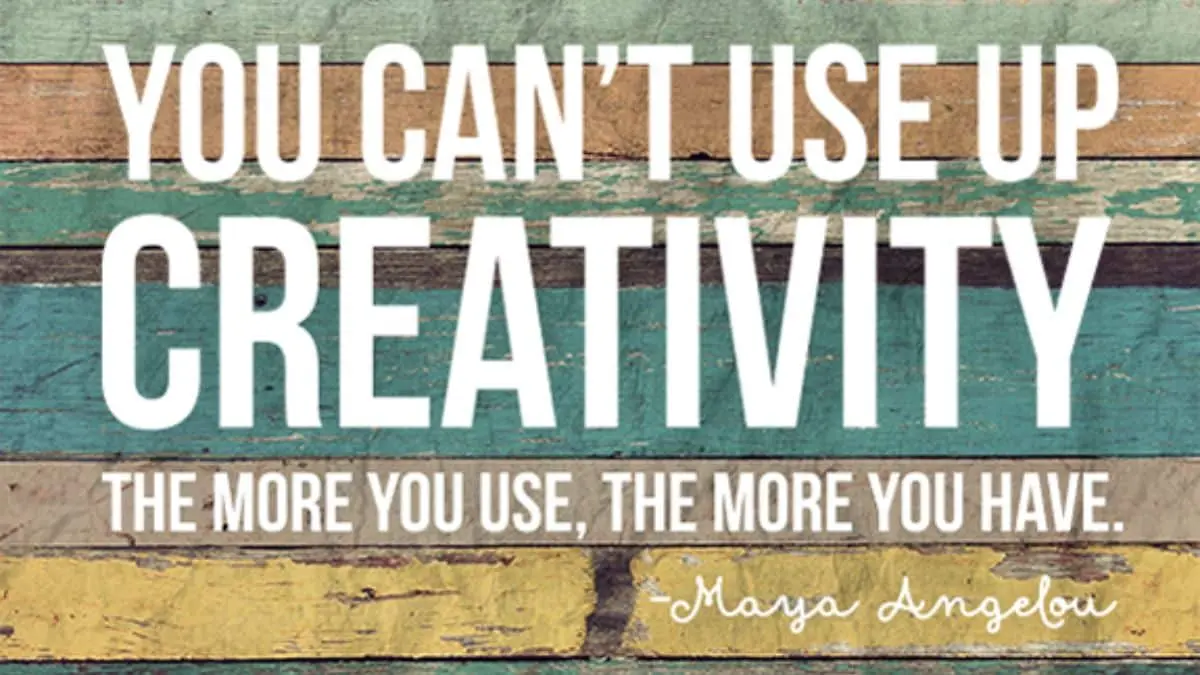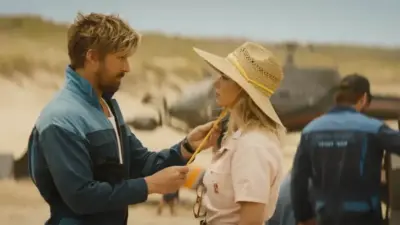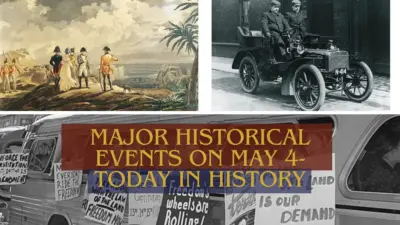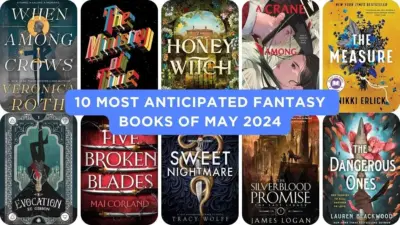In the poetic words of Maya Angelou, “You can’t use up creativity. The more you use, the more you have,” we find a profound insight into the nature of creativity itself. This quote not only serves as an inspiration but also challenges the conventional notion that creativity is a finite asset that diminishes with use. By exploring this idea, we can unlock a deeper understanding of how creativity functions as an inexhaustible resource that enhances our lives and the world around us.
Understanding Creativity
Creativity is often shrouded in mystery, seen as a magical quality reserved for the artistic elite. However, it is fundamentally a versatile and dynamic cognitive process. Creativity involves generating ideas that are both original and useful, and it extends beyond artistic expression to include innovation in science, problem-solving in daily life, and improvisation in the face of challenges. The ability to look at problems from new angles, connect disparate ideas, and challenge the status quo are hallmarks of a creative mind.
The Myth of Limited Creativity
The notion that creativity is a limited resource is pervasive. It stems from the misconception that creativity is an innate ability—one that either you have or you don’t. This view can discourage ongoing creative efforts and stifle the development of creative skills. However, contrary to this belief, creativity behaves more like a muscle: the more you exercise it, the stronger it becomes. Regular engagement in creative activities leads to an increase in creative output, resilience, and adaptability.
The Science Behind the Quote
Neuroscientific research provides compelling evidence supporting the idea that creativity is expandable. Engaging in creative tasks stimulates the formation of new neural connections in the brain. These connections improve cognitive flexibility, allowing the brain to generate more diverse ideas and solve problems more effectively. Studies also show that creativity reduces stress and improves mental health, making it a valuable resource for enhancing well-being.
Creativity in Practice
Practical engagement with creativity can take many forms, from daily writing exercises to systematic problem-solving sessions or spontaneous art creation. The key is consistency and willingness to experiment. For instance, Pablo Picasso, known for his prolific output, experimented with different styles and materials throughout his career, which continuously evolved his artistic vision and capabilities.

Barriers to Creativity and How to Overcome Them
Creativity can often be blocked by internal and external factors such as fear of failure, criticism, or lack of inspiration. To overcome these barriers, it is essential to cultivate a supportive environment that encourages risk-taking and values the process over the outcome. Practicing mindfulness and creative rituals can help in redirecting focus from fear to creation, while brainstorming sessions without judgment can foster a more fruitful creative output.
The Role of Environment in Fostering Creativity
The environment plays a crucial role in nurturing creativity. Creative spaces that allow for free expression, such as artist studios or innovative workspaces like those in Silicon Valley, provide the necessary tools and atmosphere conducive to creativity. These environments encourage collaboration and open-ended exploration, which are vital for creative growth and innovation.
Encouraging Creativity in Others
Fostering creativity in others can be achieved through education and leadership. Schools and workplaces that prioritize creative thinking and provide opportunities for creative expression tend to produce individuals who are more innovative and capable of solving complex problems. Promoting interdisciplinary learning and offering challenges that require creative solutions can significantly enhance collective creativity.
Long-term Benefits of Practicing Creativity
The long-term benefits of engaging with creativity are vast. Not only does it contribute to personal and professional growth, but it also leads to societal advancement by fostering an environment where innovation thrives. Creative practices enhance cognitive functions, emotional resilience, and social skills, making it a powerful tool for improving overall quality of life and promoting sustainable progress.
Conclusion
As we revisit the insightful words of Maya Angelou, it becomes clear that creativity is not just a finite gift but a renewable resource that expands and enriches with use. By embracing our creative potential, we open ourselves to a world of infinite possibilities. Let us therefore encourage ourselves and others to keep the creative fires burning, for the more we create, the more we discover the boundless nature of our own creativity.
Also Read: Most people are other people. Their thoughts are someone else’s opinions, their lives a mimicry, their passions a quotation



